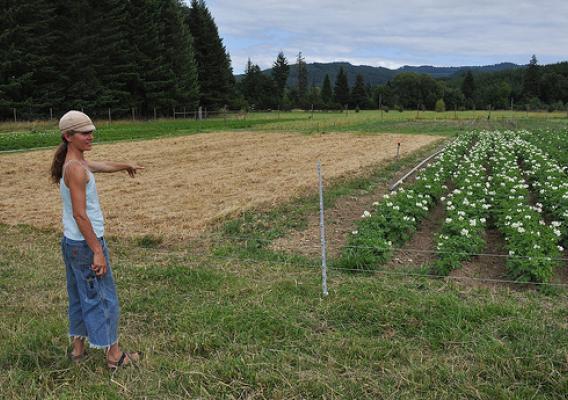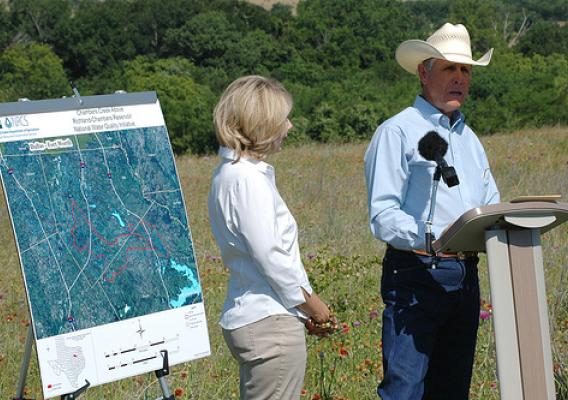This post is part of the Science Tuesday feature series on the USDA blog. Check back each week as we showcase stories and news from USDA’s rich science and research portfolio.
People often get confused when observed weather patterns run contrary to climate projections. For instance, those living in the Mid-Atlantic States hear from experts that the region has now moved into a dry savanna-like climate zone, but yet two winters ago over 40 inches of snow fell in a single month. But weather is highly variable regardless of the state of the climate. Individual weather events like this one are different than "climate," which refers to long-term trends over decades. And further, climate change could produce more extremes at both ends of the weather spectrum even while a region shifts into a seemingly contrary climate state.
In an attempt to make science and technical concepts of projecting climate change clearer to the public, the U.S. Forest Service has published a report simplifying complex information and resources.









